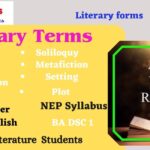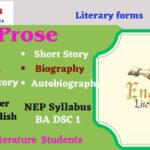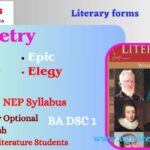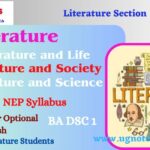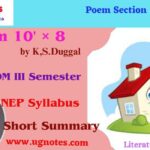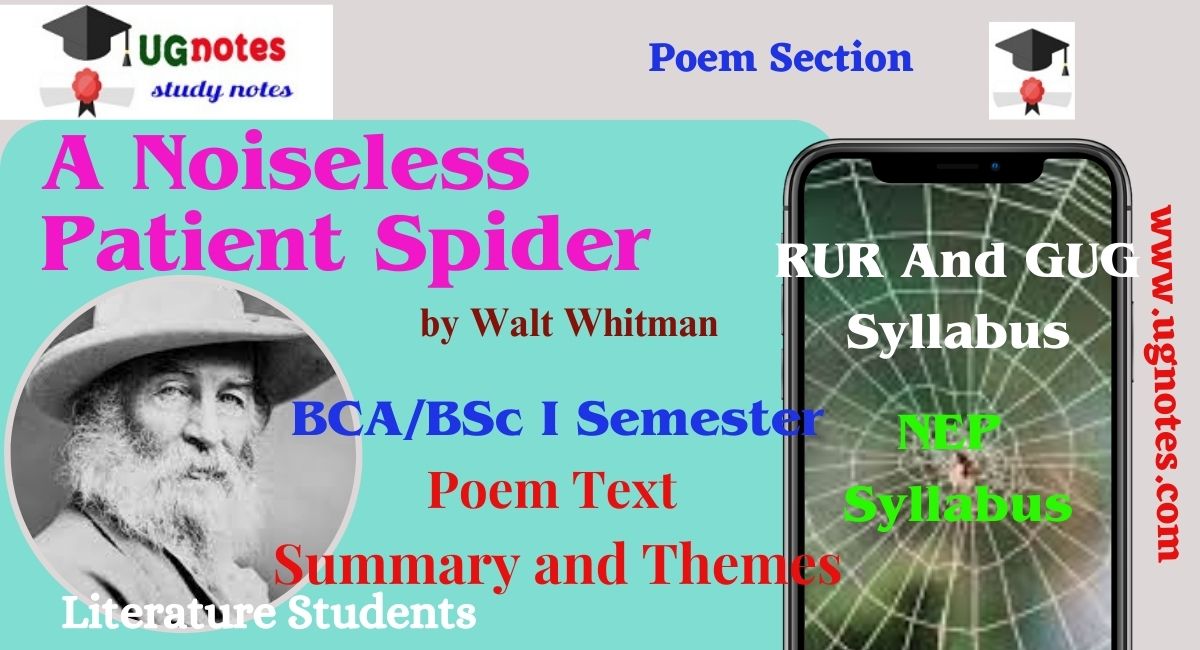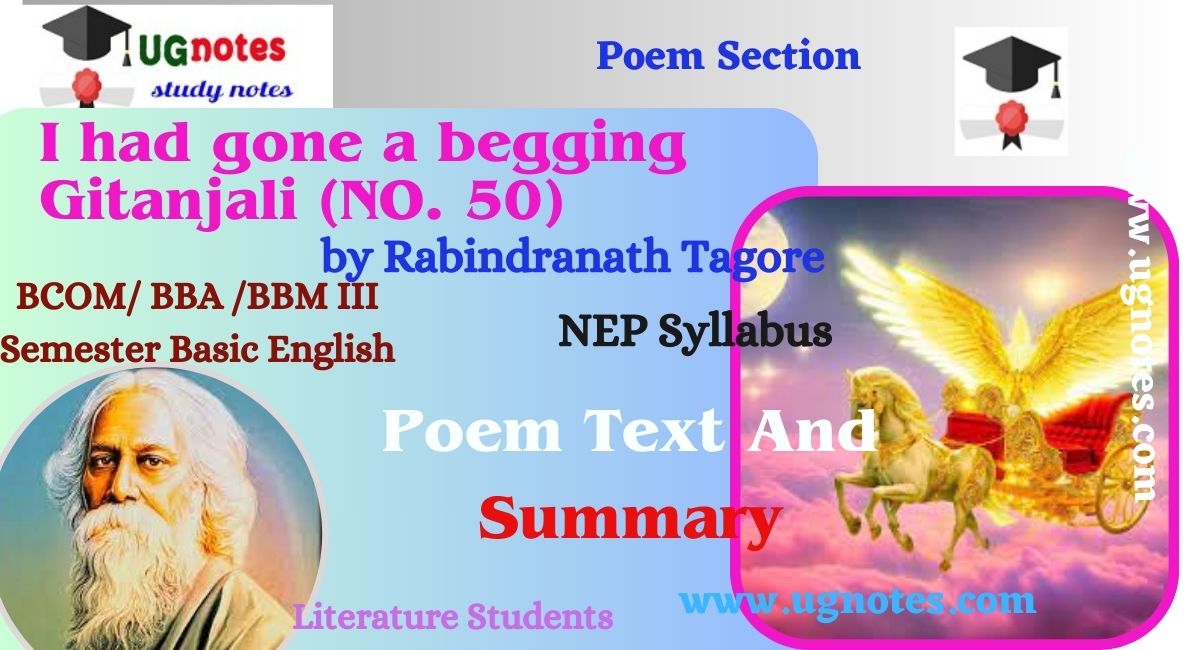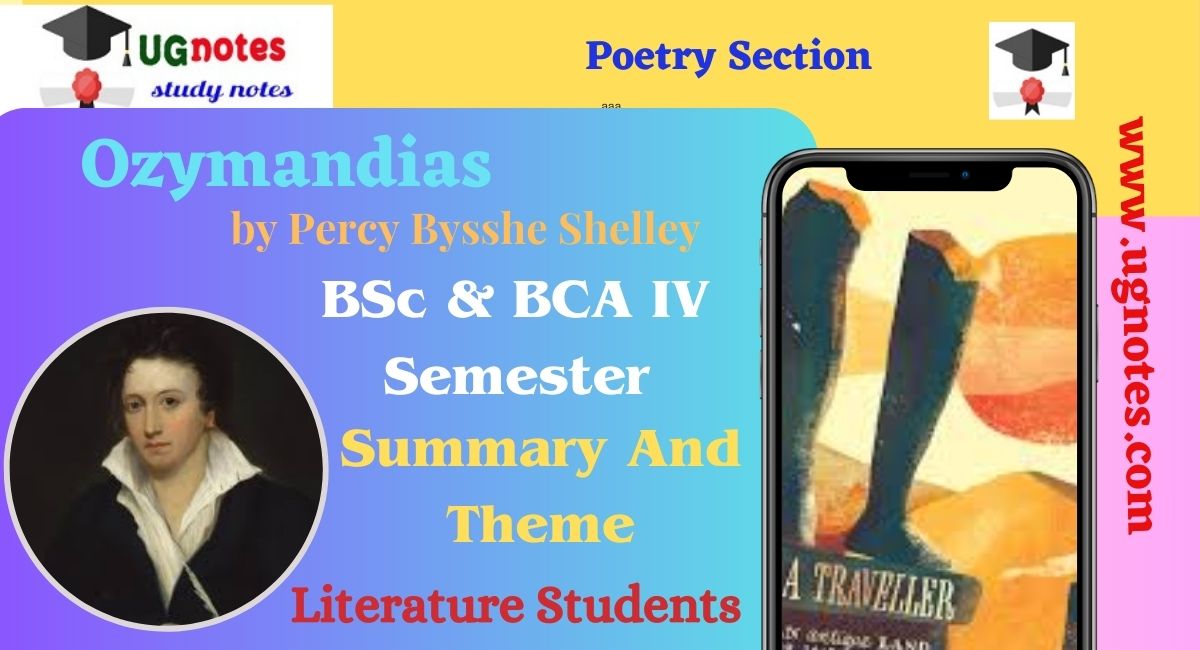A Noiseless Patient Spider by Walt Whitman
About the Author
One of the greatest American poets, Walt Whitman was born on May 31, 1819, in West Hills, a village near Huntington, on Long Island, New York. His father, Walter Whitman, was a farmer and carpenter with little education.When between 1840 and 1845. He published Franklin Evans; or, The Inebriate: A Tale of the Times, a temperance novel, in 1842. In 1848 he traveled outside the New York area for the first time, making a three-month trip to New Orleans, Louisiana
POEM TEXT
A noiseless patient spider,
I mark’d where on a little promontory it stood isolated,
Mark’d how to explore the vacant vast surrounding,
It launch’d forth filament, filament, filament, out of itself,
Ever unreeling them, ever tirelessly speeding them. 5
And you O my soul where you stand,
Surrounded, detached, in measureless oceans of space,
Ceaselessly musing, venturing, throwing, seeking the spheres to connect them,
Till the bridge you will need be form’d, till the ductile anchor hold,
Till the gossamer thread you fling catch somewhere, O my soul. 10
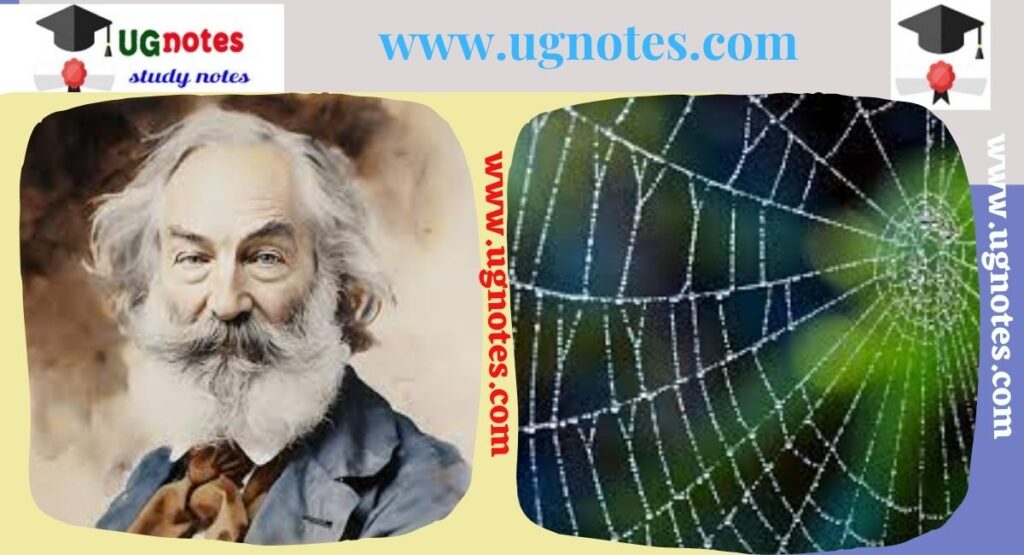
POEM SUMMARY
‘‘A Noiseless Patient Spider’’ consists of two unrhymed stanzas of five lines each. The first stanza describes how the poet is observing a spider. In the first line, the poet notes how silent the spider is, and how it shows no hurry as it stands on the edge of a promontory—a small hill or cliff that overlooks lower-lying land or water. The spider is on its own; no other life is apparent around it. The poet then observes (line 3) how the spider begins to explore its environment by putting out its fine silk threads, manufactured within its own body, to form a web. In the last line of the first stanza, the poet continues to observe this process, which goes on seemingly without end as the spider goes about its self appointed task.
From the description of the activity of the spider in the first stanza, the poet now turns his attention to himself and directly addresses his own soul. When a poet addresses an abstract entity in this manner it is known as an apostrophe. Through this apostrophe, the poet compares his soul to the spider. Just as the spider stood in isolation, so does the poet’s soul. It is surrounded by the huge, infinite universe but is also separate from it. Line 8 focuses on the activity of the poet’s soul, which is continually, like the spider, engaged in some activity that will connect it to its vast environment, that will end its solitude and detachment. Like the spider also, it is patient, endlessly trying to make these connections until it meets with success. Success is presented as like building a bridge, or putting down an anchor, so that one thing is connected to another. The last line repeats the same idea with a spiderweb image, and the poem ends with the poet’s second direct invocation of his own soul, as if he is wanting the soul to listen, to take note of what he is saying.
THEMES
Separateness and the Desire for Connection
The speaker in Whitman’s poem is very conscious of his own isolation, perhaps his own loneliness. He therefore sees the tiny spider, alone on a promontory, as a suitable analogue for his own condition. The spider and the speaker are both small beings in a vast universe that stretches all around them. The poet feels this sense of separation from the whole very keenly, which is why he observes the activity of his own soul as it endlessly and patiently, just like the spider, seeks some kind of connection with the wider whole. This connection could be as simple as the forming of a friendship with another human being, or it could be understood in a more abstract sense as a man desperately wanting to feel some kinship with the life of the earth and the universe as a whole. As line 8 indicates, he is prepared to try many different approaches to make this connection until he finally succeeds.
Then he will no longer be alone in the vast, impersonal cosmos. The last line of the poem seems to suggest a fairly random, undirected process, whereby the soul is willing to try anything and everything in its attempt to connect, hoping that eventually, perhaps just by chance, like a will succeed in his quest. The only certainty is that he will go on trying.
Desire for Eternal Life
In the edition of Leaves of Grass in which ‘‘A Noiseless Patient Spider’’ appears, it is placed in the section titled ‘‘Whispers of Heavenly Death.’’ Many of the poems in this section are about death, which suggests another level of interpretation for the poem under consideration: it may be read as a plea for eternal life. The soul longs to avoid extinction at death; it desires not to expire but to expand, to exist in a far fuller dimension of life than it currently occupies, as tied to a mortal human body. The poet anticipates that his soul, at the moment of death, will make a leap into the soul of the universe; it will be released, and its isolation will end.
Artistic Creativity
The poem might also be seen as a symbolic representation of the nature of artistic creativity. Like an artist or poet, the spider spins its web out of itself. The poet creates out of his own mind a poem that he or she hopes will touch another person in some way, communicating an idea, a vision, or a moral. ‘‘A Noiseless Patient Spider’’ spent many years germinating within Whitman’s mind until it eventually emerged and was embodied externally in printed form. The poem itself is an illustration of its own theme, the attempt to reach out, speak to, and connect with others. The poem seeks to make a bridge between the particular mind of one man and the larger mind made up of many people in society. Whitman has expressed this directly himself, in a comment that might serve as a gloss on ‘‘A Noiseless Patient Spider’’: ‘‘I . . . sent out Leaves of Grass to arouse and set flowing in men’s and women’s hearts, young and old, endless streams of living, pulsating love and friendship, directly from them to myself, now and ever.’’

